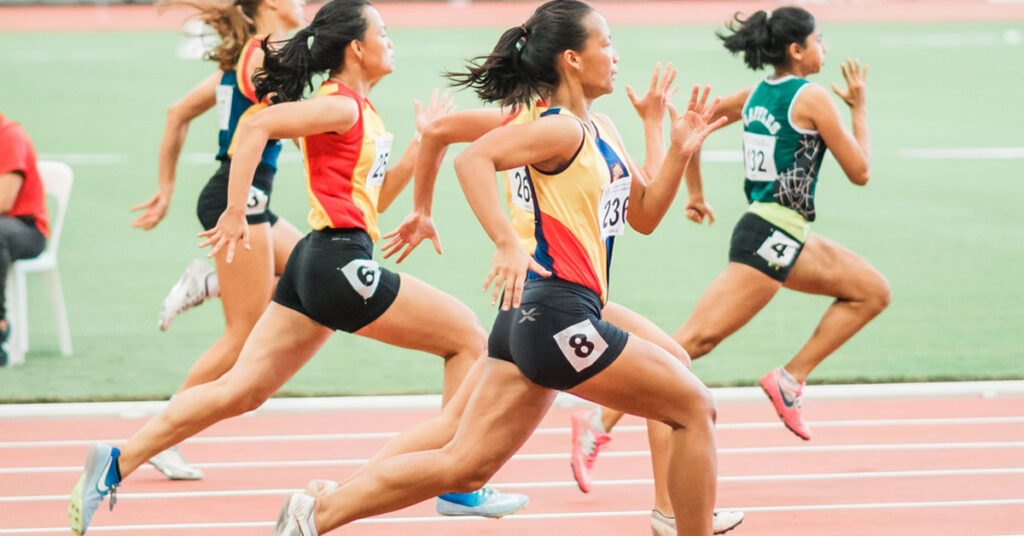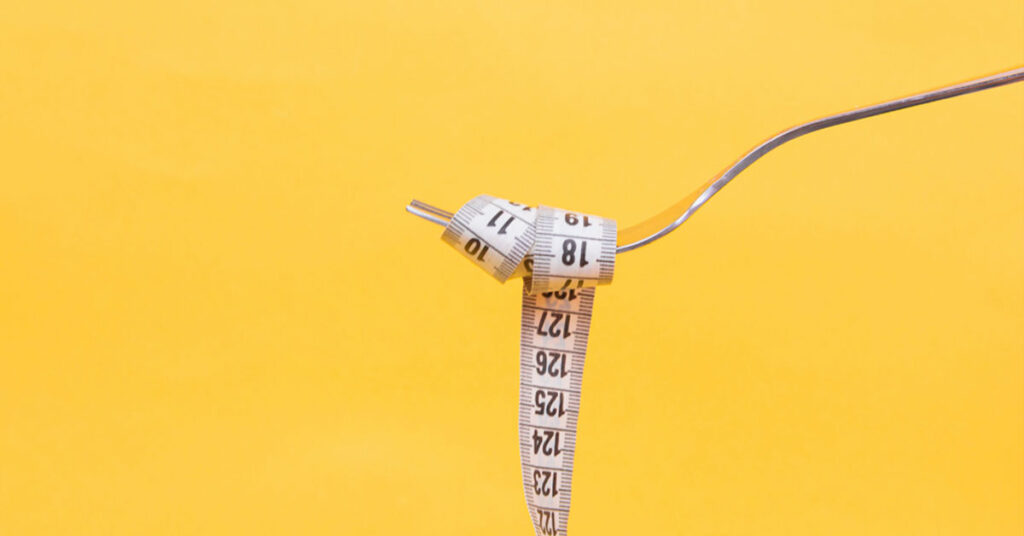व्यायामं स्थैर्यकारणां अग्र्यम् |
Vyayamam Sthairyakaranam Agryam |
The best remedy to maintain the stability (of body and mind) is exercise.
We commonly see, such statement can easily be extrapolated and enthusiasts many times go overboard.
As we know, exercise has been part of human civilization for ages. It comes with a specific dogma and rules that are mentioned for the benefit of our health. Looking at the common lifestyle and exercise pattern of most of us in this modern era, it gives me a strong reason to write about it. Ayurveda understands exercise thoroughly and strongly believes that regular and suitable form of exercise is conducive to good health. Nonetheless, if done in wrong manner it can have harmful effects.
Ayurveda very well understands our lifestyle including physical activities and diet in respect to their effects on our health. The physical acts and diet can be planned in such a way that it will be beneficial for our health. In other words, each act can be understood as a prescription or proscription.
In relation with exercise, Ayurveda specifically advocates certain important points –
- Exercise is the physical activity that should help strengthen the body and the mind.
- In any form of exercise, a proper breathing pattern proves to be a key factor for maintaining good health.
- Ayurveda understands that exercise is of two kinds – Shakha Vyayam & Koshtha Vyayam – Shakha Vyayam is the exercise that is mainly acts on the musculature and koshtha vyayam mainly acts on visceral organs and body physiology by maintaining Vayu.
- Yogic postures, Pranayam (the exercise of breath) are considered as koshtha vyayam and on the other hand, gym workout, athletics, marathon, sports are considered under shakha vyayam
- According to Ayurveda, koshtha vyayam has an edge over the shakha vyayam, as they are beneficial in regulating body physiology and reversing pathology in many conditions.
- For any pathology, Vayu or Prana or Vata is a crucial player that lets manifest a disease involving other factors including bodily constituents. Koshtha Vyayam is the kind of exercise and helps regulate the Prana (or Vayu or Vata) which is the root cause for most of the pathological events. That is the reason why Yoga proves to be beneficial in most of the diseases when done in a proper manner.
- Irrespective of type of exercise, breathing technique is very important.
What is the breathing technique?
As a basic guideline, Ayurveda emphatically recommends breathing through the nose and not through the mouth when exercising. In fact, the moment we feel the need to breathe through the mouth while exercising, it is an indication that we have reached the point. Usually, that is considered half the limit of our actual bodily capacity. Going beyond this point, may affect adversely.
Any exercise activity should be limited up to this level by finishing the activity at this point or by taking break so that you do not burn out. Stretching beyond this point, leads to depletion of strength from the body. The phenomenon is too subtle that we hardly feel any difference in the spur of the moment. However, in the long run it has a potential to create ill effects on our body by the vitiation of Vayu.
Breathing through mouth has a specific effect to cool our body down at a faster rate. During the exercise, doing the same kind of strenuous activity while the body is cooling down can cause micro-injuries in our tissues that, in future, act as vulnerability or weak spots. Such vulnerability has the potential to manifest into a disease in the future.
Taking a short/long break helps the body recuperate and prevent any tissue damage. This is like a thumb rule that applies to all forms of exercise. In swimming, when you breathe by mouth, it is important to understand the bodily capacity in general and act accordingly.
These days, like an epidemic, longer and heavier forms of workouts including marathons are in practice where breathing by mouth is a very common feature. There is also a widespread belief held by most of us – ‘more the better’. It is commonly applied to the amount of exercise we do. However, it undoubtedly is not true in case of exercise. The optimum level of exercise is to do as per your capacity and that should be assessed by your breathing pattern. In competitive sports, training gradually with certain breaks can improve the muscle strength and endurance benefitting the person in sports as well as in maintaining health.
Trivia
– Published here as it is originally published at Ayurwave Blog as the author is the same.
– Also published in print media in “Namaskar Yoga”, Hong Kong December 2017 issue
About the author
He is MD (Ayurveda) with a specialization in Panchakarma from Tilak Ayurveda, Pune. Presently working as Ayurveda Practitioner, researcher, speaker and author for last 20+ years; Honorary Ayurveda Consultant to SP Pune University -Students’ Health Centre; associated as a founding member and consultant at TanMan Ayurveda, Vedika Global, SINCE and a few other organizations.





